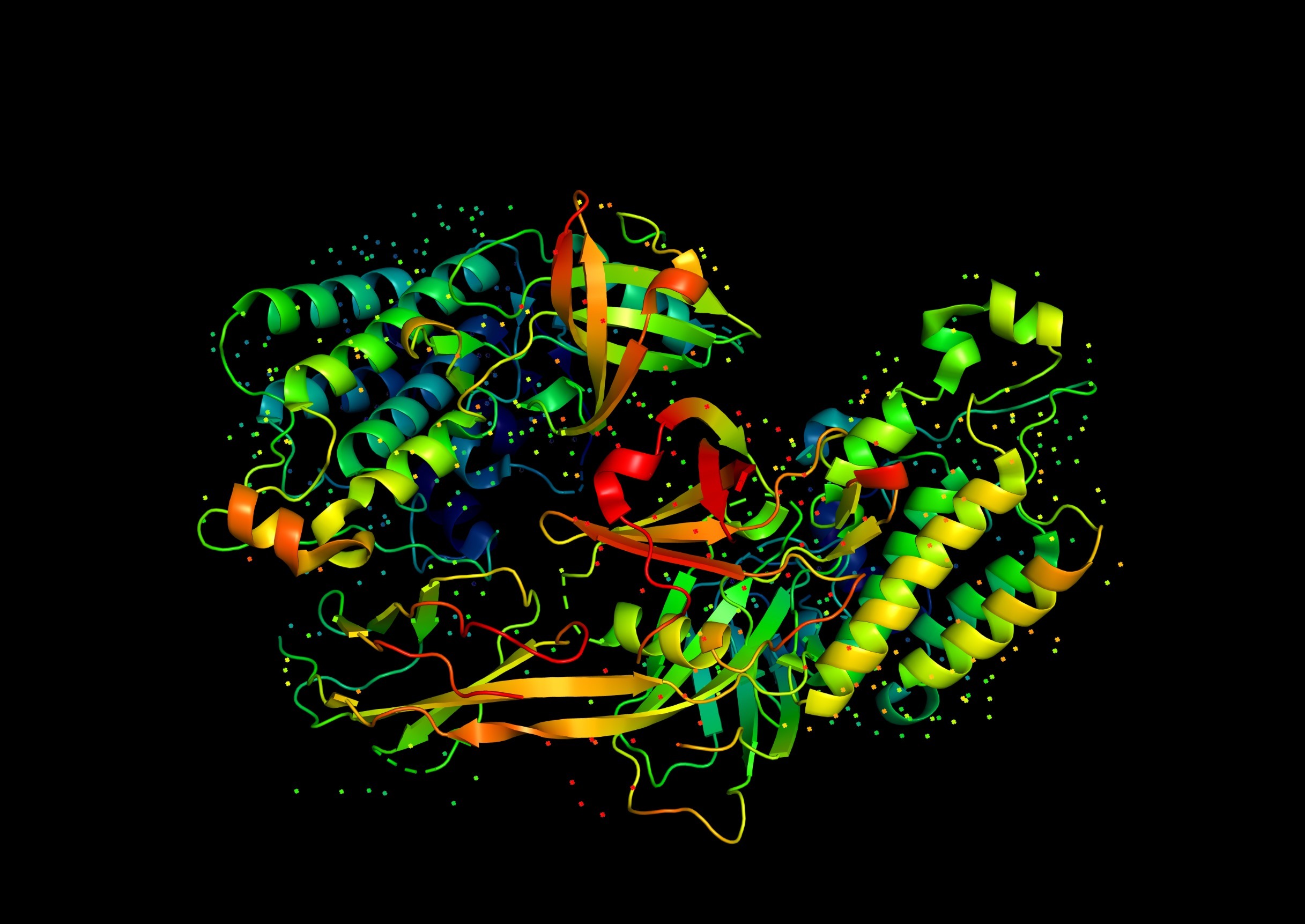Affinity tags are short peptide sequences that are genetically fused to a target protein to facilitate its purification, detection, and sometimes, the immobilization of the protein for various applications in protein science. Affinity tags serve as a molecular handle that enables specific interactions with purification resins or detection reagents.
The Uses and Removal of Affinity Tags
Protein Purification
Affinity tags are commonly employed to simplify the purification of recombinant proteins from complex biological mixtures. The tag allows selective binding of the fusion protein to an immobilized ligand or resin specifically designed to interact with the tag. This enables efficient and highly specific purification by affinity chromatography. The choice of affinity tag depends on factors such as the protein of interest, downstream applications, and compatibility with the purification method.
Protein Detection and Quantification
Affinity tags can be utilized for protein detection and quantification in various analytical techniques, including Western blotting, enzyme-linked immunosorbent assay (ELISA), and immunohistochemistry. The affinity tag provides a specific binding site for antibodies or detection reagents, enabling sensitive and specific detection of the tagged protein.
Protein-Protein Interactions and Pull-down Assays
Affinity tags can be used to study protein-protein interactions. By fusing an affinity tag to a protein of interest, it becomes possible to isolate and identify interacting proteins. This can be achieved through pull-down assays, where the tagged protein is immobilized on a solid support, allowing the binding and subsequent isolation of interacting proteins.
Affinity Tag Removal
In many cases, the presence of an affinity tag is undesirable for downstream applications or structural studies. Consequently, affinity tags are often designed to be removable from the target protein. Common methods for tag removal include enzymatic cleavage, chemical cleavage, or site-specific proteolysis. The choice of tag removal method depends on the tag type and the specific protease or chemical agent used to cleave the tag from the protein.a. Enzymatic Cleavage: Some affinity tags, such as the polyhistidine (His-tag) and small ubiquitin-like modifier (SUMO) tag, can be cleaved using specific proteases. For example, the His-tag can be removed by using enzymes like thrombin, enterokinase, or TEV (tobacco etch virus) protease, which selectively cleave at specific recognition sites engineered between the tag and the target protein.
b. Chemical Cleavage: Chemical agents, such as cyanogen bromide (CNBr), can be used to cleave certain tags, including the methionine-containing tags. CNBr specifically cleaves the polypeptide chain at methionine residues, allowing the removal of the tag.
c. Site-Specific Proteolysis: Some affinity tags, such as the intein-based tags (e.g., the chitin-binding domain (CBD) tag), can be removed by employing site-specific proteolysis. Inteins are self-splicing protein segments that can be engineered to undergo self-cleavage at specific sites, resulting in the removal of the tag.
The choice of affinity tag and its subsequent removal strategy depends on the specific requirements of the experiment, downstream applications, protein properties, and the desired purity and integrity of the target protein.

Leave a Reply